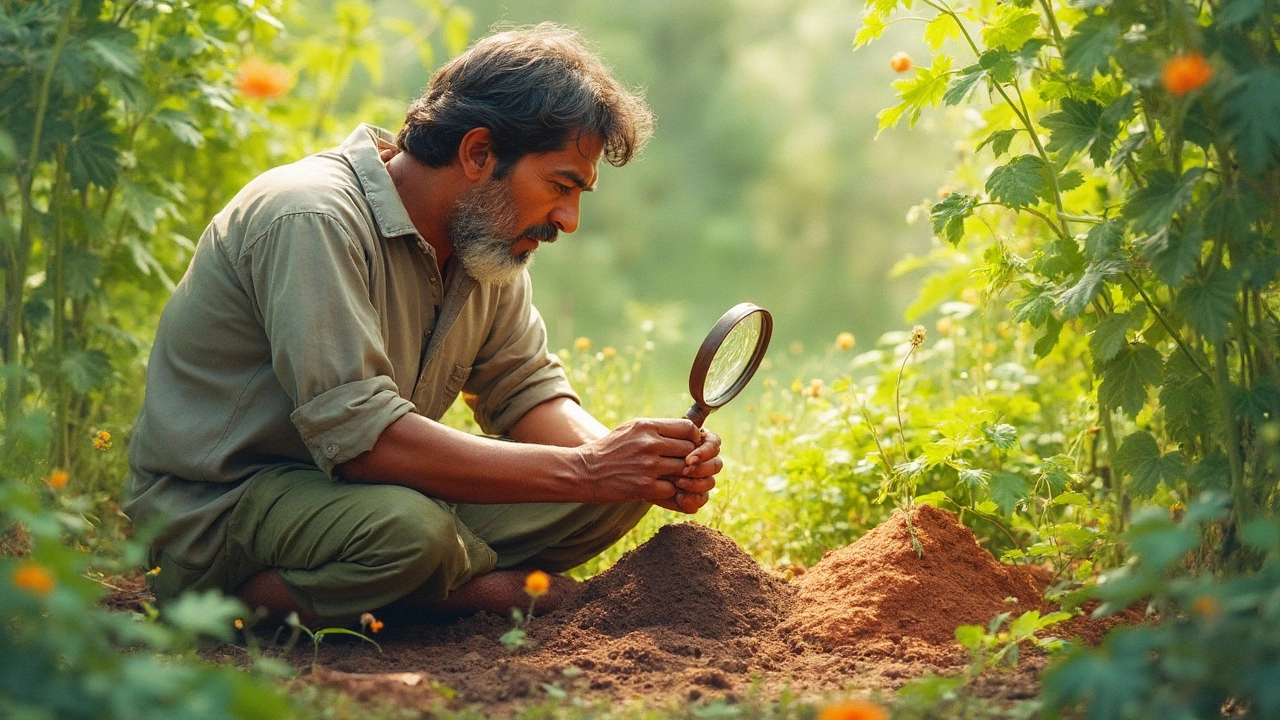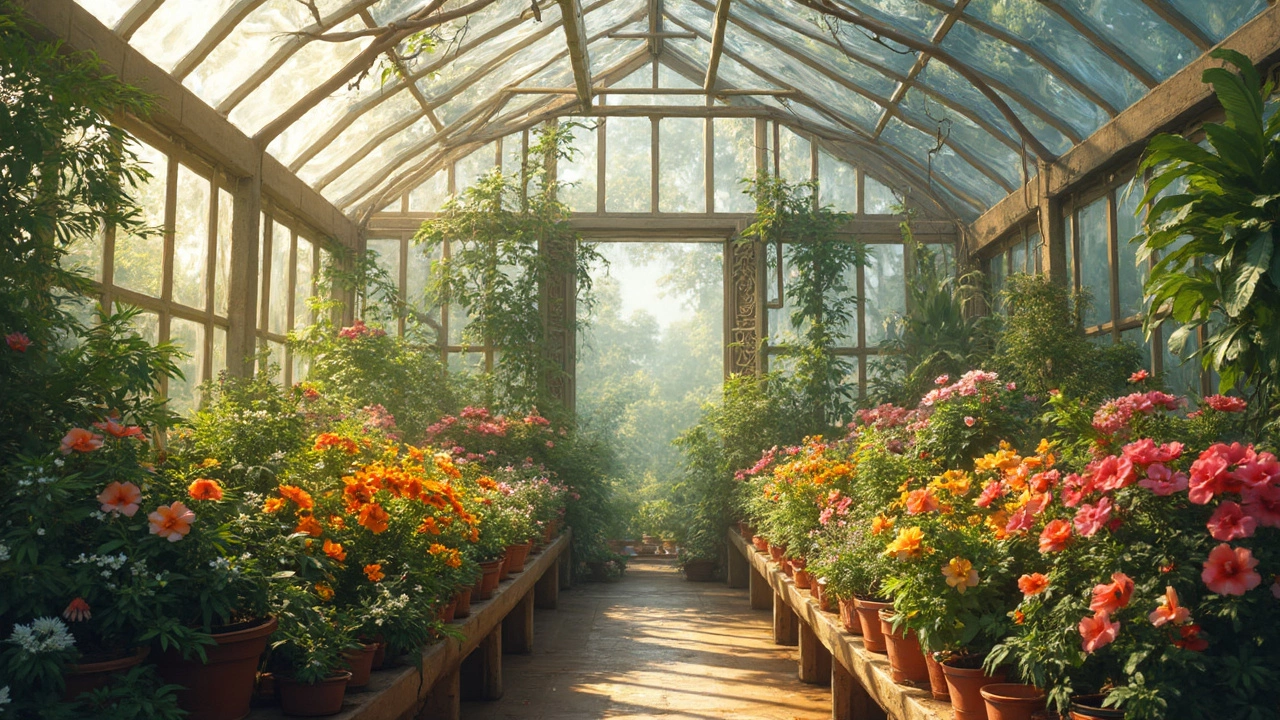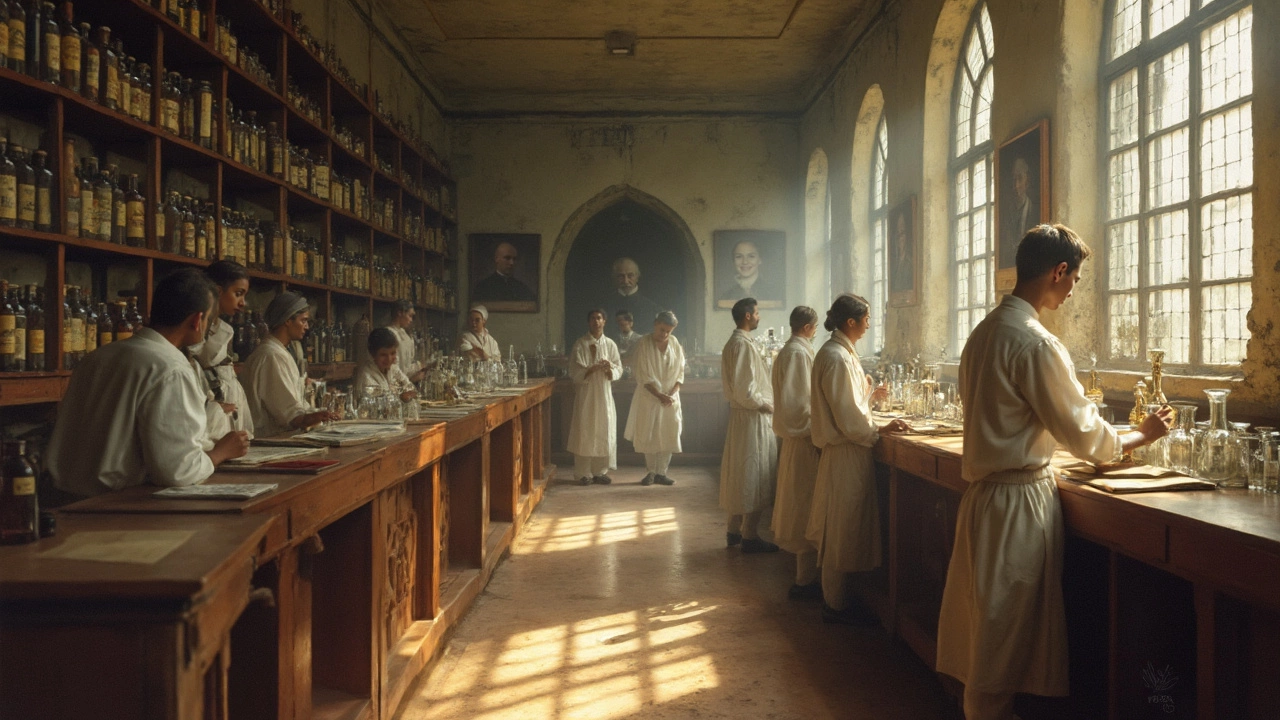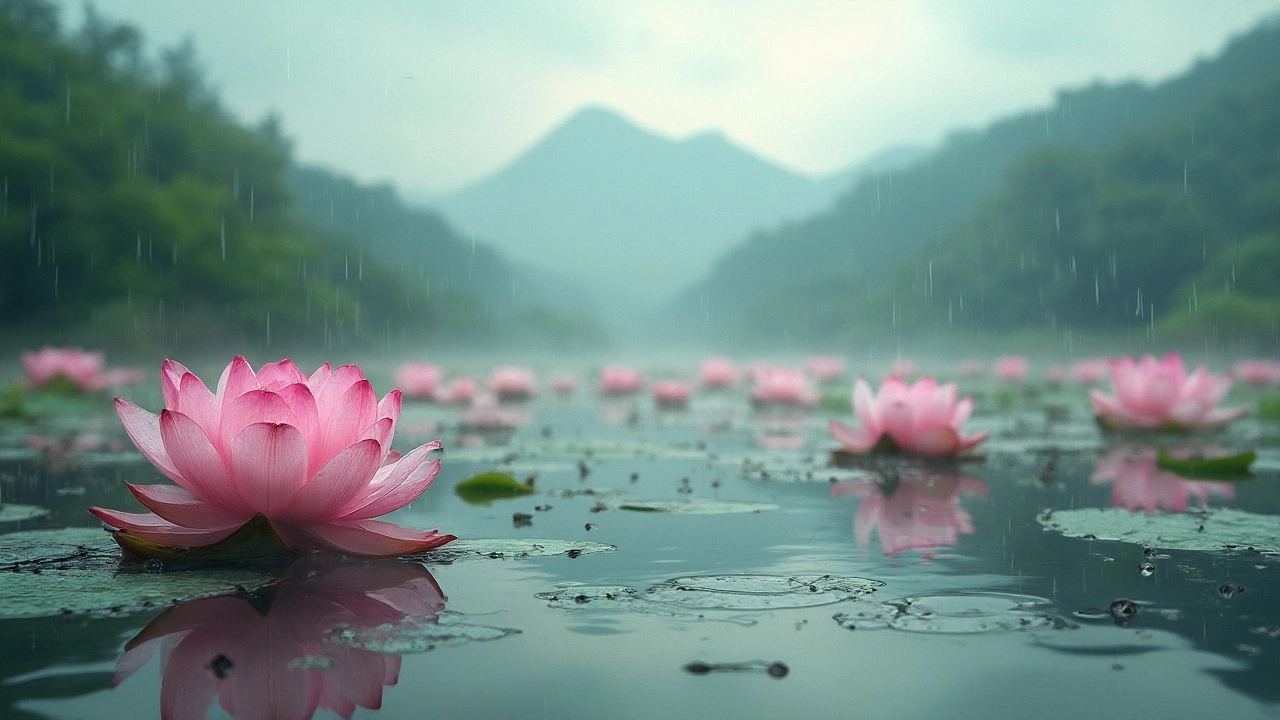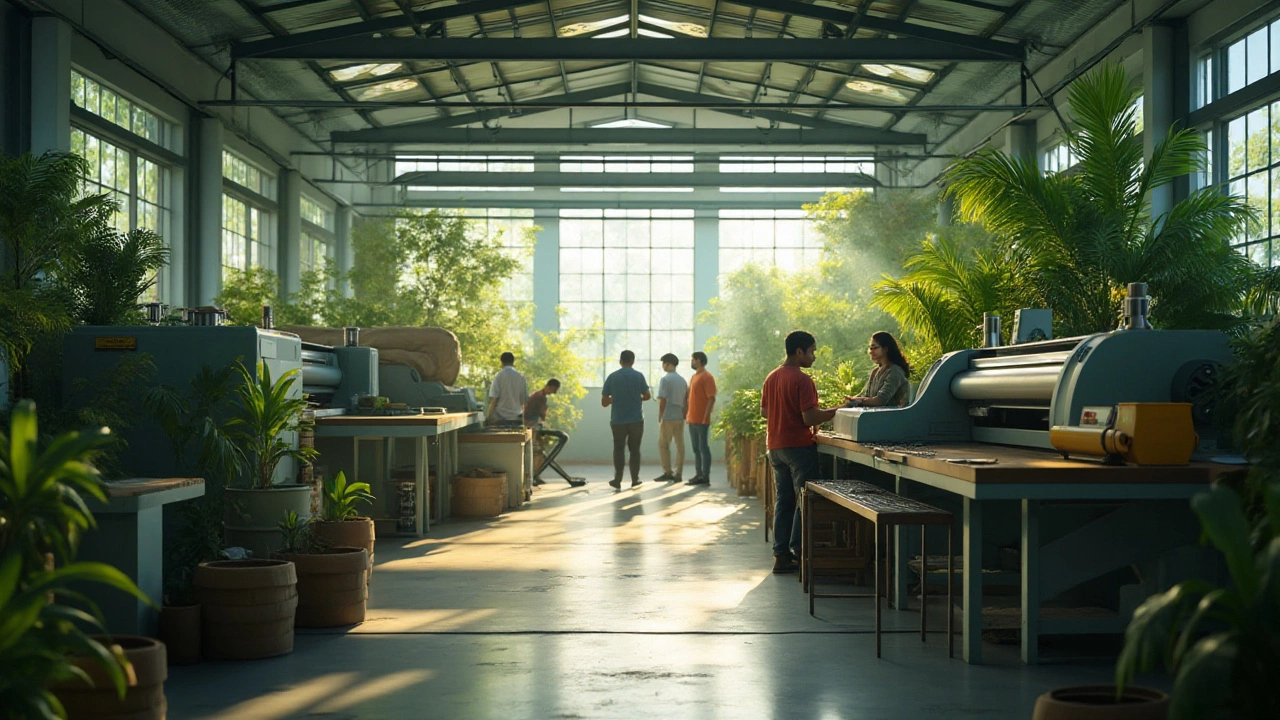Topsoil – The Foundation of Healthy Gardens and Farms
When working with topsoil, the uppermost layer of earth that supports plant roots, stores water, and hosts beneficial microbes. Also known as soil surface layer, it is the most productive part of any garden or field. Soil moisture, the water content held in that layer decides whether seeds sprout or wilt. No‑till gardening, a method that leaves soil undisturbed to preserve structure directly protects topsoil from erosion. Finally, drip irrigation, a low‑volume watering system that delivers water right to the root zone helps maintain optimal moisture without washing away nutrients. Together, these elements form a web where topsoil encompasses organic matter, minerals, and living organisms; soil moisture requires proper irrigation; and no‑till practices improve topsoil structure.
Why do we care so much about topsoil? In India, a healthy topsoil layer can mean the difference between a bumper harvest and a failed crop. It stores carbon, filters pollutants, and provides the anchorage plants need. When topsoil degrades, you lose fertility, water‑holding capacity, and the natural pest‑resistance that comes from a diverse microbial community. Studies from Indian agricultural institutes show that farms that adopt no‑till and precise drip systems can boost yields by up to 30% while cutting water use by half. That’s a clear semantic link: better topsoil enables higher productivity, and smart irrigation supports soil health.
Key Practices That Strengthen Topsoil
First up, managing soil moisture is a daily reality for most gardeners. The rule of thumb is to check the moisture 2‑3 inches below the surface before you water. If the soil feels dry at that depth, it’s time to irrigate. Over‑watering not only wastes water but also leaches nutrients, weakening the topsoil’s ability to feed plants. Drip irrigation solves this by releasing water slowly, matching the plant’s uptake rate, and keeping the surface dry – perfect for preventing erosion.
Second, no‑till gardening avoids the disruptive act of turning the soil. When you skip the till, you preserve the network of fungal hyphae and earthworms that aerate the topsoil and break down organic matter. Those tiny allies create channels that improve water infiltration, meaning your drip lines work more efficiently. The result is a looser, more porous topsoil that holds moisture longer and resists compaction, especially important during India’s monsoon peaks.
Third, organic matter is the lifeblood of topsoil. Adding compost, leaf mulch, or green manure feeds microbes, which in turn release nutrients the plants can use. Mulch also moderates temperature swings, reducing stress on seedlings. When you combine mulch with drip irrigation, you get a double‑benefit: the mulch slows evaporation while the drip delivers water directly to the root zone, keeping the topsoil consistently moist without creating soggy pockets.
Finally, regular soil testing keeps you honest. A simple pH and nutrient test tells you whether the topsoil is too acidic, alkaline, or lacking nitrogen, phosphorus, or potassium. Adjustments with lime, gypsum, or targeted fertilizers restore balance. When you correct these imbalances, the topsoil’s biological activity spikes, leading to stronger root systems and healthier plants.
All these practices intersect. For example, a farmer who installs a drip system, adds a layer of compost, and adopts no‑till will notice a slower decline in topsoil organic carbon over the years. That’s because each step reinforces the others: drip irrigation maintains moisture, mulch retains it, and no‑till protects the soil structure that holds both water and organic matter in place.
What about container gardens? Even though they sit on a shelf, the principle stays the same. The growing medium is essentially a mini‑topsoil layer. Monitoring soil moisture with a simple finger test, using a drip feeder or self‑watering pot, and adding composted bark or coco peat keeps that mini‑topsoil fertile. The same rules that apply to a field garden apply to a balcony pot – just on a smaller scale.
In industrial settings, topsoil management still matters. Manufacturing sites that restore disturbed land with native grasses and cover crops help rebuild topsoil, curb runoff, and meet sustainability standards. Companies that invest in soil health not only comply with regulations but also improve their community relations, showing that topsoil isn’t just a farmer’s concern.
Let’s not forget climate resilience. Healthy topsoil stores carbon, reducing greenhouse gas emissions. When topsoil is rich in organic matter, it can retain more water during droughts and release it slowly during dry spells. That buffering effect helps both small‑scale gardeners and large‑scale farms cope with erratic weather patterns increasingly common across India.
So, whether you’re a city dweller tending a balcony garden, a smallholder farmer sowing wheat in Punjab, or a sustainability officer at a manufacturing plant, the core ideas stay the same: protect the topsoil, manage moisture intelligently, add organic matter, and avoid unnecessary disturbance. The posts below dive deeper into each of these topics, offering step‑by‑step guides, real‑world case studies, and practical tips you can start using today.
Ready to see how these concepts play out in real life? Below you’ll find expert‑backed articles on everything from watering container gardens to the impact of no‑till methods, each designed to help you boost your topsoil’s health and get more out of your land.
Understanding the Difference Between Garden Soil and Topsoil
Garden soil and topsoil are often thought to be the same, but they serve different roles in gardening. While both are crucial for plant growth, understanding their differences can help you choose the right one for your needs. Discover the specific characteristics of each type and learn how to enhance your garden by using them effectively. This guide will explore how soil composition affects plant health, offering practical tips for improving your garden's soil.
- manufacturing
- India
- food processing
- garden tips
- rice cultivation
- government schemes
- balcony garden
- urban gardening
- balcony gardening
- profitable business
- business ideas
- plastic manufacturing
- drip irrigation
- plant care
- steel manufacturing
- sustainable gardening
- startup ideas
- steel industry
- flower gardening
- textile manufacturers

